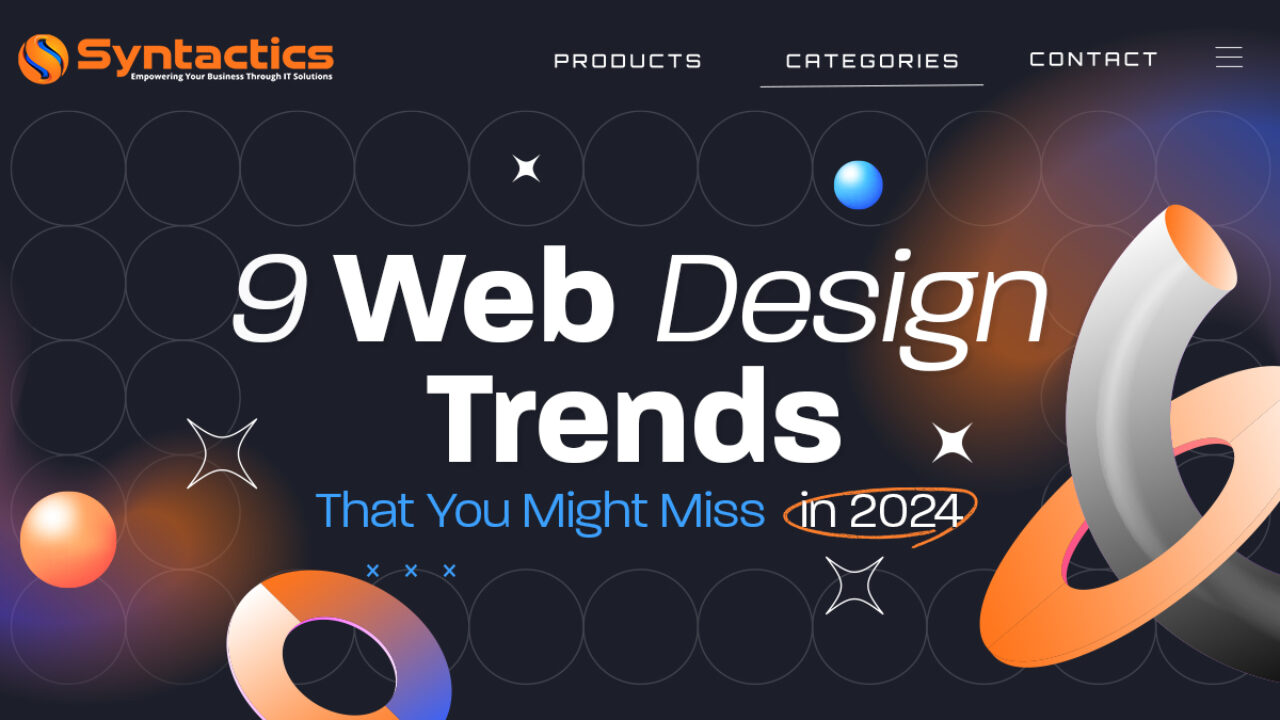Pulse of Information
Your source for the latest insights and updates.
Web Design Trends That Are Here to Stay
Discover the top web design trends reshaping the future! Don’t miss out on the styles that are here to stay and elevate your site today!
Timeless Web Design Trends You Can't Ignore
In the ever-evolving world of web design, certain trends have proven to be timeless due to their effectiveness and user appeal. One such trend is minimalism, which emphasizes simple, clean interfaces that prioritize functionality. By stripping away unnecessary elements, designers can create a more focused user experience that improves navigation and engagement. Another essential trend is responsive design, ensuring that websites adapt seamlessly to different screen sizes. This approach not only enhances usability but also caters to the growing number of users accessing the web via mobile devices.
When discussing timeless web design trends, one cannot overlook the significance of high-quality visuals. Sharp images and videos can captivate visitors and communicate brand messages effectively, making them a vital component of any website. Furthermore, the use of bold typography is another enduring trend; it creates hierarchy, directs attention, and enhances readability. Together, these elements help build a strong aesthetic appeal, ultimately leading to improved user experience and higher retention rates. Ignoring these trends can mean missing out on opportunities to engage and convert your audience.

How to Incorporate Lasting Web Design Trends Into Your Projects
Incorporating lasting web design trends into your projects requires a balance of innovation and timelessness. Start by researching current trends such as minimalism, dark mode, and responsive design, which not only enhance aesthetics but also improve user experience. By prioritizing these elements, you can create a website that is both modern and functional. For instance, using ample white space helps in guiding the user's attention, while a cohesive color palette can evoke specific emotions, making your site more engaging and memorable.
Another effective strategy is to blend lasting web design trends with your unique brand identity. This can be achieved through customized typography and tailored imagery that resonates with your target audience. Consider utilizing grid layouts for structured content organization and incorporating animation sparingly to create a dynamic user experience. Additionally, it’s crucial to keep accessibility in mind, ensuring all users can interact with your site seamlessly. By merging these trends with your distinctive style, you’ll not only appeal to current visual preferences but also build a sustainable online presence.
What Are the Web Design Trends That Will Define the Future?
As we look to the future of web design, several trends are emerging that promise to reshape the digital landscape. One significant trend is the rise of minimalism, where simplicity reigns supreme. Websites are adopting cleaner layouts with ample white space, allowing users to concentrate on key content without distractions. Moreover, the seamless integration of dark mode is becoming a standard feature, enhancing user experience, especially in low-light environments. A focused approach to typography is also on the rise, with bold typefaces being utilized to create visual hierarchy and to draw attention to critical messages.
Another defining trend is the increasing emphasis on responsive design and mobile-first approaches, recognizing that more users are accessing the web via mobile devices than ever before. With this shift, designers must prioritize fluid layouts that adapt to various screen sizes and orientations. Additionally, the incorporation of AI-driven features, such as chatbots and personalized content recommendations, is set to enhance user engagement and provide a tailored experience. Lastly, the trend towards sustainable design is gaining momentum, with web designers considering the environmental impact of their digital creations and striving to create more efficient websites.